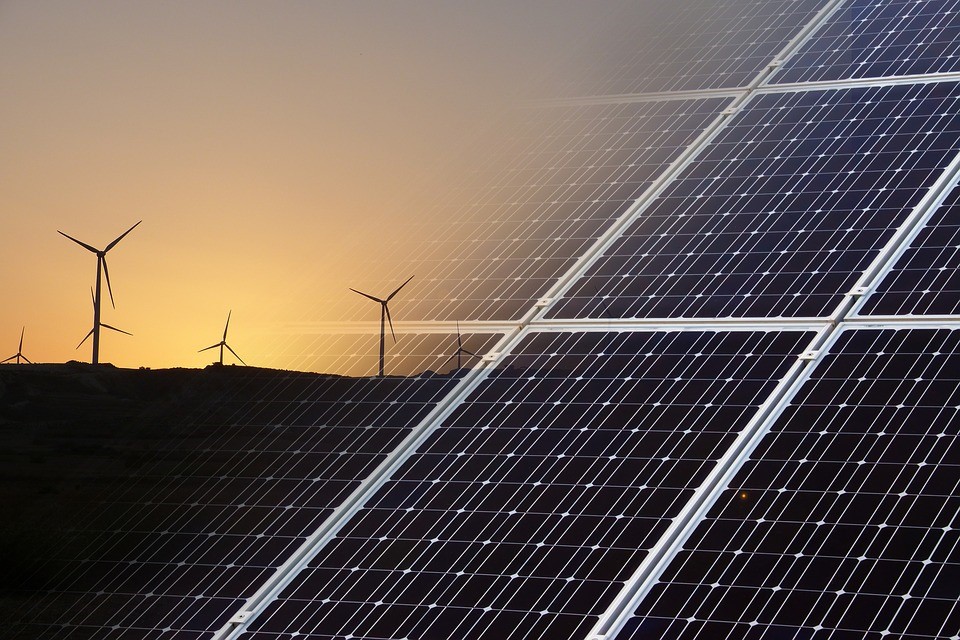
By Heather Hamilton, contributing writer
Mayors of cities across the United States — and from across the political spectrum — are backing a commitment for their cities to run completely on renewable energy sources such as wind and solar by 2035. The officials approved a slate of resolutions related to clean energy and climate change last month at the U.S. Conference of Mayors’ annual meeting, which took place in Miami Beach and brought together leaders from more than 250 cities.
According to Clean Technica, the resolutions are all-encompassing and include actions to reverse climate change through leadership in areas such as transportation, tech innovation, and renewable energy. The clean-energy resolution will be sent to Congress and then the White House as the mayors seek to influence legislation in the wake of the U.S. withdrawal from the Paris climate accord.
In May, the Center for Climate and Energy Solutions reported that 47 cities spend a total of $1.2 billion on electricity for city operations. While Washington is divided largely along party lines on climate and energy policy, city officials are approaching the problem pragmatically, coming up with their own strategies to cope with the environmental effects of climate change and to develop renewable energy sources. Large cities such as San Diego and Salt Lake City are adopting clean-energy policies, but even smaller municipalities are making major headway. Aspen, Colorado, and Burlington, Vermont, for example, are already generating 100% of their energy via renewable sources.
In a conference address, former New York City Mayor Michael Bloomberg announced a $200 million philanthropic initiative to fund projects that help cities combat climate change and address other challenges such as gun violence and immigration.
The mayors’ symbolic resolutions stand in opposition to President Trump’s positions on climate change and immigration. Four Democratic mayors from states with Republican majorities — South Carolina, Texas, Utah, and Iowa — proposed the clean-energy resolution. According to The Guardian, Mayor Steve Benjamin of Columbia, South Carolina — one of the four — said that mayors had long been on the front lines of climate and energy issues and that Trump’s actions had spurred mayors and citizens alike to do more.
One prominent mayor on the front line is Philip Levine of Miami Beach, where some streets flood even on sunny days. Levine is well-known for his efforts to combat rising sea levels and took a leading role in the mayors’ climate resolutions.
New Orleans Mayor Mitch Landrieu, the current head of the U.S. Conference of Mayors, also took up the charge in a conference address. “I think most mayors in America don’t think we have to wait for a president whose beliefs on climate change are disconnected from science,” said Landrieu.
Landrieu claimed that there was “near-unanimity in this conference that climate change is real and that humans contribute to it,” though he acknowledged “a little bit of a disagreement about how actually to deal with it.” Those differences aside, “if the federal government refuses to act or is just paralyzed, the cities themselves, through their mayors, are going to create a new national policy by the accumulation of our individual efforts.”
According to Phys.org, David Sandalow, who served as undersecretary of energy in the Obama administration, called the mayors’ renewable-energy resolution an ambitious goal. “It’s certainly possible in some cities, much more challenging in others,” said Sandalow, currently the inaugural fellow at Columbia University’s Center on Global Energy Policy.
Sources: Clean Technica,U.S. Conference of Mayors, The Guardian, Center for Climate and Energy Solutions, Phys.org
Image Source: Pixabay
Advertisement
Learn more about Electronic Products Magazine





